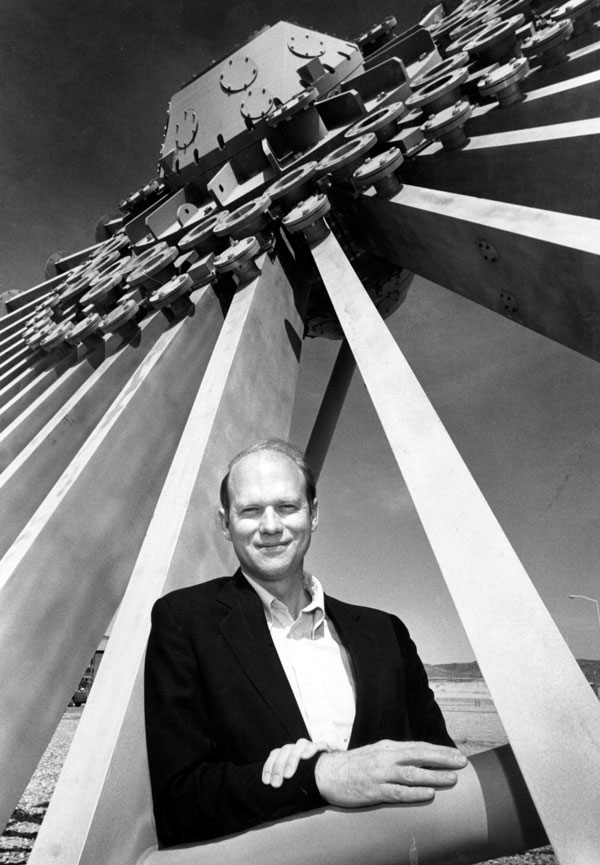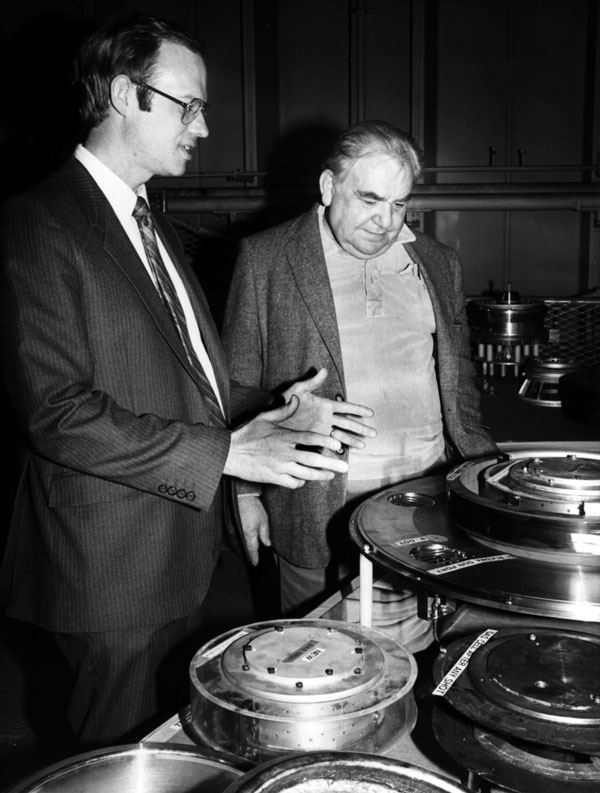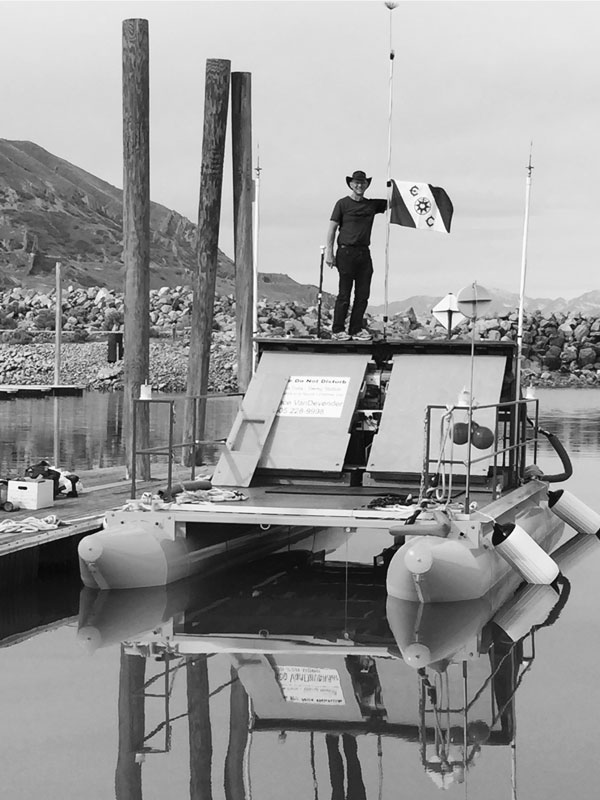Lab News Notes: How to do science in retirement
Thirteen years ago, I was retiring early from a wonderful job as Sandia chief technology officer and vice president of science and technology to become an 18th century “gentleman (that means self-funded) physicist.” I wanted to understand two mysteries before I died: puzzling electromagnetic signals observed on the Los Alamos-Sandia FORTE satellite and extreme ball lightning. The resulting adventure has had many twists and turns that led to dark matter and the first of five planned publications: Detection of Quark-nuggets—a candidate for dark matter.
The FORTE signals were short-duration, narrow-band radio-frequency bursts captured in 1997, before FORTE’s fully optimized triggering system prevented the detection of the annoying anomalies. The anomalies were soon forgotten until I found them while looking for a way to detect extreme ball lightning from space.

In contrast to weather-related, sub-second-duration ball lightning, extreme ball lightning occurs even in clear weather and lasts for 10 seconds to 20 minutes without a power source. Therefore, it is self-energized, but the power source is a mystery. My son Aaron and I investigated a 20-minute event in Ireland. The yield strength and electrical conductivity of the peat and the size of the deformations were consistent with the core of the extreme ball lightning, weighing about 1,000 tons, being more than 10,000 times more dense than gold, being magnetically levitated and rotating more than a million times per second!
After eliminating black holes (no magnetic field), naked singularities (unstable), the gravitational equivalent of an atom or GEA (insufficient magnetic field), we found quark nuggets were consistent with the observations. Quark nuggets are theoretical aggregations of strange up and down quarks (the building blocks of protons, neutrons and similar particles) in essentially even numbers.

We needed more data. From 2010 through 2012, I contracted with two digital signal processing engineers and a software specialist. We developed four very sophisticated, autonomous, special purpose electromagnetic sensors that could detect and time-synch electromagnetic pulses in an urban environment.
In 2012, we deployed the sensor array to Albuquerque, Atlanta, Denver and Bethesda in hopes of measuring FORTE-like signals from space and ball lightning signals from anywhere in the world. We got FORTE-like signals everywhere, but never on two sensors at once. Over the next two years, we showed the sources of the signals were within 100 meters of the antennae.
In 2015, I showed that quark nuggets would interact with matter through their immense magnetic field in the same way
the earth interacts with the solar wind. That allowed me to calculate the energy deposition as a function of quark nugget mass so I could plan to detect them. Soon thereafter, I showed that the torque on the nuggets as they passed through the atmosphere would spin them to millions of revolutions per second. Their mass density, magnetic field and rotational velocity are just right for explaining the deformations from the ball lightning in Ireland and the FORTE signals. So quark nuggets became the sole hypothesis for both phenomena. I just had to detect them in as many ways as I could afford.
Fortunately, mentoring Sandians in the centers for military systems, radiation science and pulsed power provided the joy of working, through them, on Sandia’s missions, as well as some supplementary income that funded the sensor suite and paid students for data analysis while they experienced real research. In addition, the New Mexico Small Business Assistance program funded Bob Schmitt to do the hydrodynamic simulations of a quark nugget impact — a vital contribution to our paper.
As explained in the paper, the most promising way to detect quark nuggets is to look for their impact in a very large and very quiet lake. So we constructed and now operate three sophisticated sensors in the Great Salt Lake, Utah, looking for dark matter impacts. The lake is a very hostile place for electronics and metals. The first system lasted four days, and the first platform lasted three months. Continual improvements have increased the lifetime of the electronics to a year and the lifetime of the platforms to at least 30 years. We are now calibrating the system with explosions throughout the lake to simulate quark nugget impacts. Then we can observe.
For future Gentleman Scientists or Engineers, some of the lessons I learned might be useful: 1) Build a team with the diverse expertise needed. Fortunately, the internet connects everyone, and finding interested people is not so

hard. Our team members resided all over the U.S., the United Kingdom and the Republic of Ireland. 2) Include someone specifically tasked to be super critical and keep the team from believing its own constructs. Be thankful for them. In addition to my son Aaron, my friend and former boss Bill Brinkman (former Sandia and Bell Labs vice president and director of the DOE Office of Science) fulfilled that role wonderfully. I recall that they independently asked, “where is the physics in this draft paper?”
Contact me at pace@vandevender.com for more lessons learned, to get students to assist you, or to mentor students through the Student Research Institute, which is being formed by Ian Shoemaker, former Sandia intern and assistant professor of physics at the University of South Dakota.